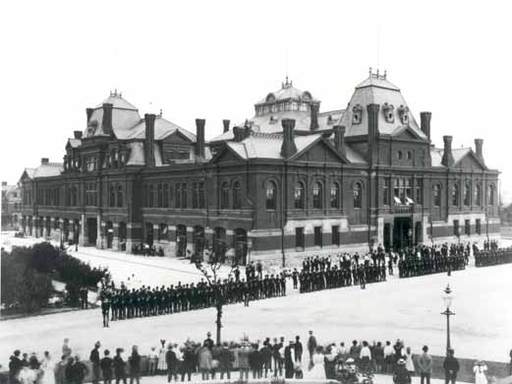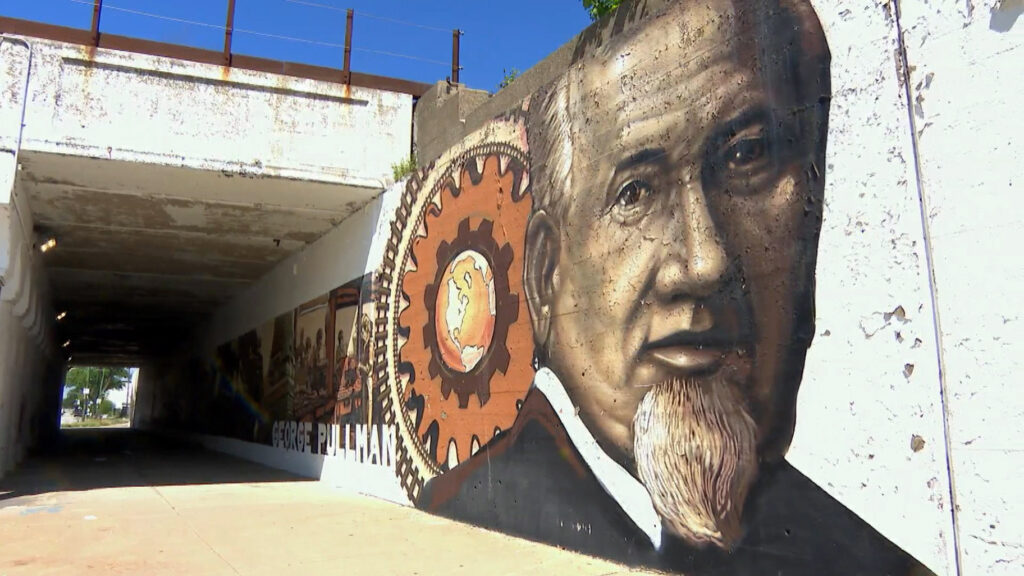
West Pullman is a neighborhood in the far south of Chicago. It was originally populated by workers of the Pullman Train Company who were seeking to leave the Pullman town. The shopping district of Kensington/115th Street was a major Italian settlement in the city.
The northern border of the area is 115th Street, the eastern side is occupied by the Illinois Central Railroad, the Calumet River and Riverdale mark the southern edge, and the western boundary is Calumet Park, Blue Island, and Ashland Avenue.
In the 1830s, the Potawatomi were forced out of the area that is now known as West Pullman due to the Treaty of Chicago. Later, in the 1880s, land developers from the West Pullman Land Association bought property between Wentworth and Ashland Avenues in order to create a new settlement.
The Association had a prosperous industrial and residential expansion prior to the Panic of 1893. Unfortunately, their financial stability was compromised by the Pullman Strike of 1894, leading to their eventual bankruptcy.
In the 1920s, sociologists from the University of Chicago combined a few locales to construct the West Pullman community area. The first of these was Kensington, which had formed near the town of Pullman. The second was the former village of Gano.
Gano was a settlement of Pullman’s employees desiring to break away from the corporate reign of George Pullman’s industrial town. The West Pullman Land Association was responsible for the development of the area both industrially and residentially in 1891. West Pullman was the biggest example of a combination of living and factory life in the entire country.

The population of West Pullman decreased during the Great Depression, but experienced a surge in population after WWII. Land that had been originally proposed in the 1920s by the WPLA was finally accepted by those searching for a comfortable home with access to the Loop, Calumet industrial area and the more distant southern suburbs. By 1960, more than 35,000 people had settled in West Pullman.
In the 1960s, on the west side of West Pullman, Maple Park was built on this area which had previously been off-limits to African Americans and provided them with attractive housing options. Over time, African Americans began to settle in other neighborhoods in West Pullman and by 1980, comprised almost 90% of the population.
The 1970s saw this southern Chicago neighborhood fall prey to predatory lenders, and the 1980s witnessed the area’s citizens suffer from the loss of both industrial and professional work positions, leading to unemployment becoming the locality’s greatest issue. Furthermore, the numerous closed-down factories left a damaging footprint, as the lead from the paint plants and toxins from other industrial sites gave rise to health inconveniences for the residents, resulting in the EPA classifying part of the industrial sector as a brownfield.

Due to the laborious work of neighborhood and community groups, the metropolis, the federal government and private investors have started to rectify the inadvertent and deliberate damage inflicted on the neighborhood, for instance, by cleaning up noxious substances and luring fresh industries and businesses. In the meantime, West Pullman is still a broad neighborhood with a plentitude of organizations and economic variation.

